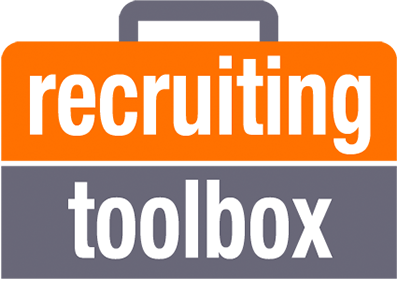Recruiting Toolbox Blog
#dontblameyourATS – A Movement
I’m starting a movement, will you please join me. Far too much over the past several years, a certain inanimate technology has received a lot of grief, being blamed for everything from black-holes to being completely useless. In the past 6 months, I have heard at major conferences that “We need to get rid of our ATSs and get back to paper” and in articles that “ATSs are where candidates go to die”. The truth of the matter is that it’s not the ATS, it’s you.
But before we get into that, does the ATS vendor community deserve some amount of criticism for their inflexibility, lack of innovation and inability to keep up with other modern technologies and major software upgrades(mobile, CRM, even the newest browser versions)? Absolutely. But in the modern world of configurable systems, in which has its own unique strengths and weaknesses, the blame for the pain that everyone seems to be facing must be shared.
Let’s take a quick look at the recent history of the ATS Industry. The industry underwent significant consolidation leading up to and during the Great Recession, not a good combination if you were looking for innovation. In addition, most of the large, established ATS vendors have a core platform that is up to a decade old. Even with moving from customizable to configurable platforms, much of the core platform remains, some of which is difficult to impossible to reengineer. ATS vendors also have a history of playing to the ‘least common denominator’, meaning that as much as some clients have demanded innovation, most don’t, and as a result favor the masses and basic functionality over anything leading/bleeding edge. Finally, these vendors have hundreds if not thousands of clients, and with the move to a configurable model, only so many client-driven change requests can happen at any one time, if ever.
What this leaves us with is an industry that has technology that is necessary to manage process and compliance for most, but can also effectively drive screening, selection, sourcing and employment branding. As every ATS has its own unique strengths and weaknesses and not every ATS is right for every company. The key reason why ATSs fail typically comes down to the selection and implementation of the system, and the responsibility for that my friends, lies with you, the ATS client.
Most companies don’t understand this however going into an ATS selection and implementation activity. Some don’t dig deeply enough to understand whether the functionality of an ATS will match their desired state of functionality. Some view it as being the vendor’s responsibility to guide them through an effective implementation (when the truth is that their goal is implement their system, not to help you think critically through your requirements or fix/improve your process). And some simply view the move from one ATS to the next as a ‘lift and shift’, when that often isn’t even reasonably possible, and often misses significant opportunities for process improvement.
An ATS selection and implementation is a massive undertaking, fraught with veiled promises, dangerous landmines, and misaligned goals and expectations. At the end of the day though, the responsibility lies with you, the ATS client, to ensure that you have selected and implemented an ATS that aligns well to your process and requirements (or that offers you the ability to make significant process improvements). To achieve that, you need to have the proper resources in place (both internal and external), reasonable goals, and critical thought applied to everything from your candidate experience to your process, to the data you collect, to the user functionality for all impacted parties, from candidates to recruiters to hiring managers.
So #dontblameyourATS, it doesn’t have to suck. Take a good look into the mirror first and recognize that it is possible to have a user-friendly system that can help you achieve your goals. But that doesn’t just happen, and don’t rely on your ATS vendor to make it happen. Take every opportunity to simplify and improve. Don’t try to make the system do something it wasn’t designed to. Ensure that your process is candidate friendly while being compliant at the same time. Finally, ensure that you are leveraging internal or external resources that understand how these systems work, and how they can and should work for you.

